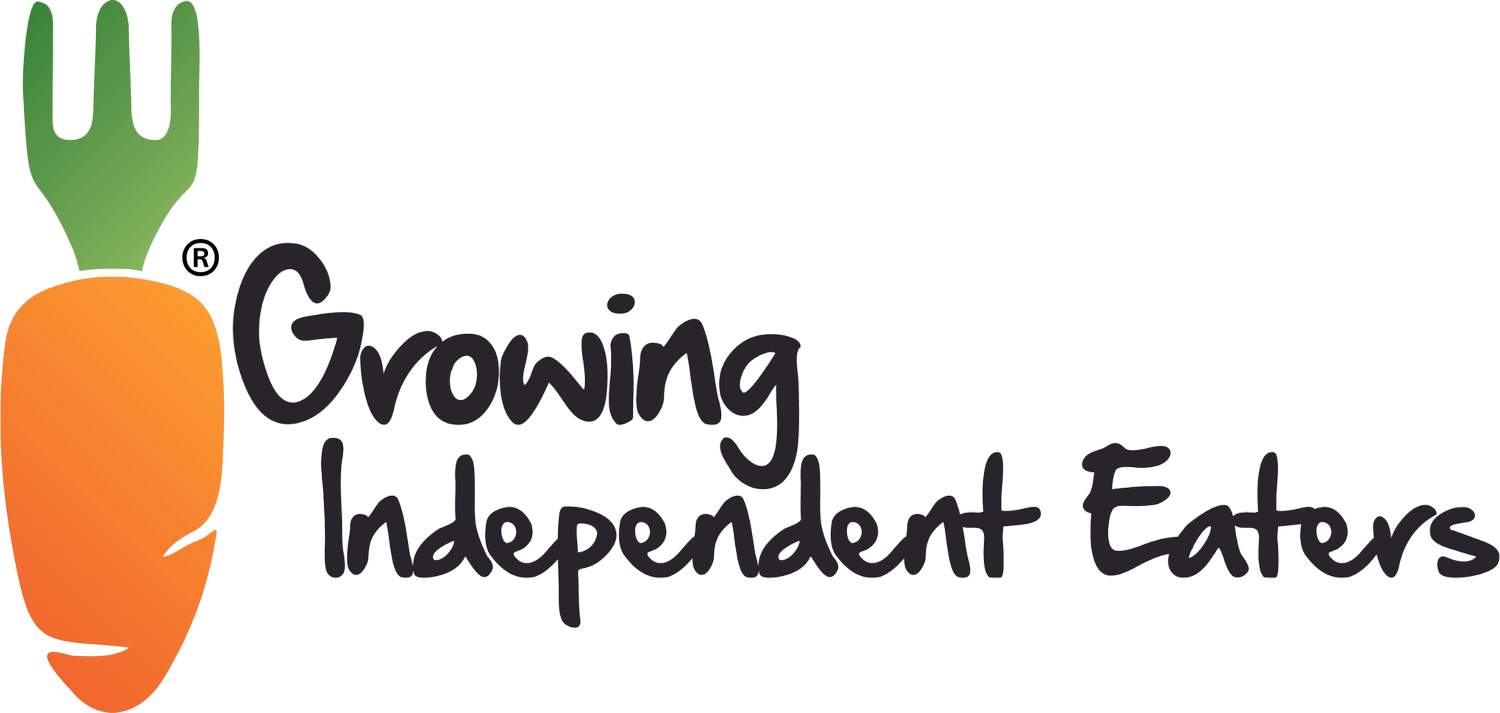So often I hear loving and well-intended caregivers using phrases like 'I was able to,' or how do I 'get it into them' (referring to food, utensils, or oral motor therapy tools getting into children). How do I 'get them to open their mouths' so I can 'do x to them.' I hear meals described as feeds, sessions, therapy, or exercises. Lots of words that describe doing things TO our kids.
Gimmicks and Gadgets
Understanding the "Picky Eater"
As a kid, I was the designated “picky eater” of the family. Every family has one, and we all know who they are. My mother would often introduce me to new people as “her picky eater” and the one “whose best vegetables are ketchup and pumpkin pie.” I would slink off with the kids, doing my best to disappear until the inevitable dinner bell rung and I'd have to endure the humiliation of being the picky eater in front of strangers.
Weaning and Weighing
Weaning and Whining: What to Expect from a Weaning Toddler
Weaning is a long, hard, and exciting journey for everyone, but is possibly truest for families working to wean their toddlers: children gaining newfound independence in all ways, but especially with food. This independence likely comes with behaviors such as refusal, pickiness, short attention spans at the table, tantrums for no apparent reason, and possible plate throwing.
When Your Weaning Kiddo Gets Sick…
Stomach bugs, strep, colds, coughs, pneumonia, and flu season – every childhood illness can prove to be quite intense for many families, but perhaps most for those whose children have recently weaned (or are in the process of weaning) from their feeding tubes. So if you fall into that category, and you're navigating the world of sick kids who are mid- or post-wean, we have a few tips that might be helpful.
How to Foster a Safe Eating Dynamic for Your Weaning Child
A safe eating dynamic is one in which no one feels pressured, neither caregivers nor kids. There is room to explore food, to enjoy it, to be heard and respected when you say "no thanks" and when you say "yes, please." In a safe dynamic, your eating is not the focus of people’s attention, and no one is trying to impose any agenda beyond having a relaxed meal.
Food Families: How to Connect Preferred Foods to New Ones
There is little that is more frustrating than when your child only accepts 5-6 foods – especially when most of those foods don’t contain enough nutrition to function as pillars of a caloric, nutrient-dense diet. But there are ways to help your child to expand his or her repertoire, and one way to do that is to identify foods that are related to the preferred food, and to offer them together.
Staging Your Meal
Mealtime staging is an intentional method of food presentation that takes into account 1)
nutrition, 2) efficiency, and 3) skill development in order to optimize each meal to meet the needs of the child in that moment. So, as we wean, we pay good attention to a child’s eating age (calculated based on the time the child became an oral eater), while remembering that oral motor skills develop over time: kids learn to eat by eating.










